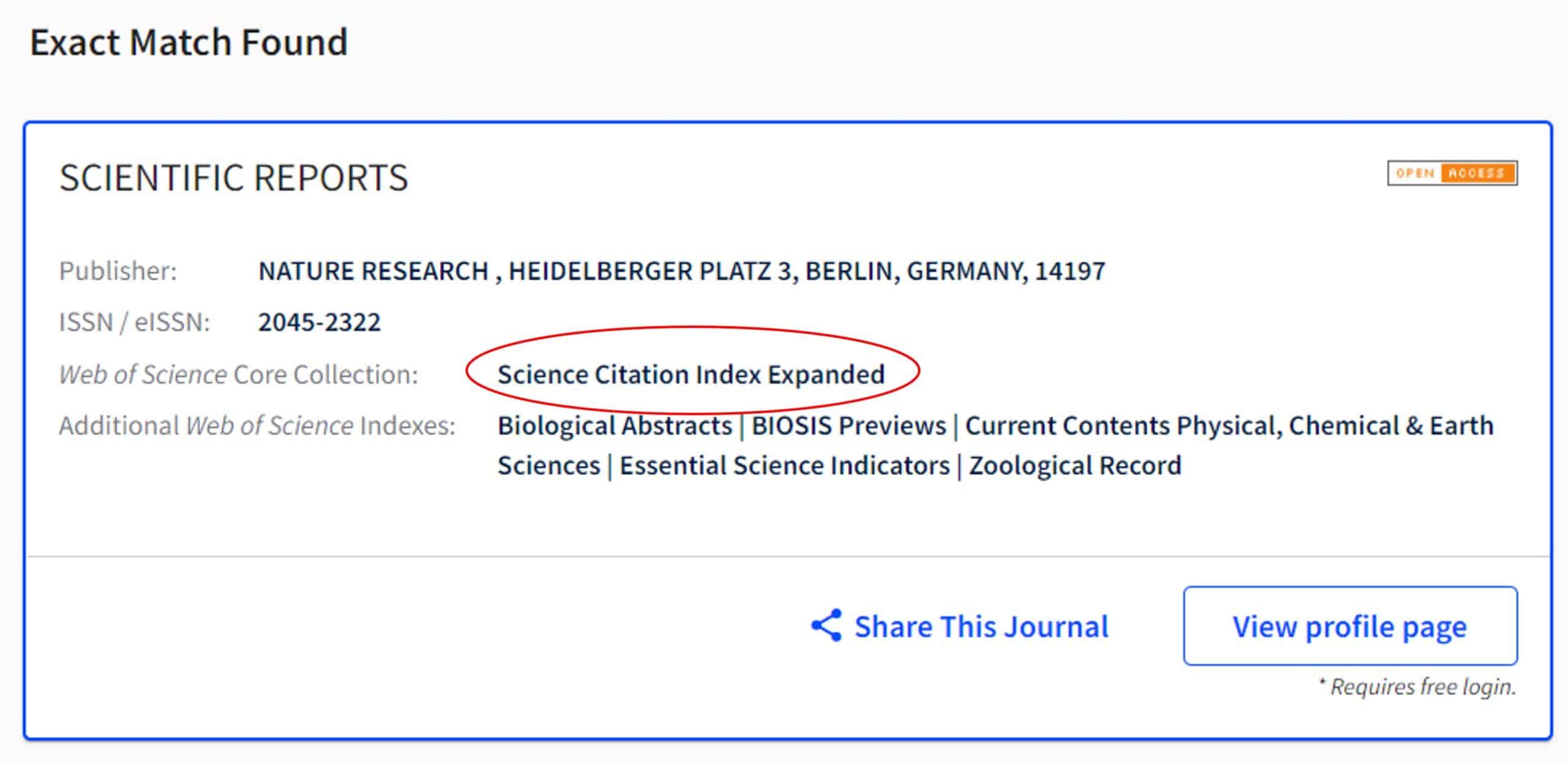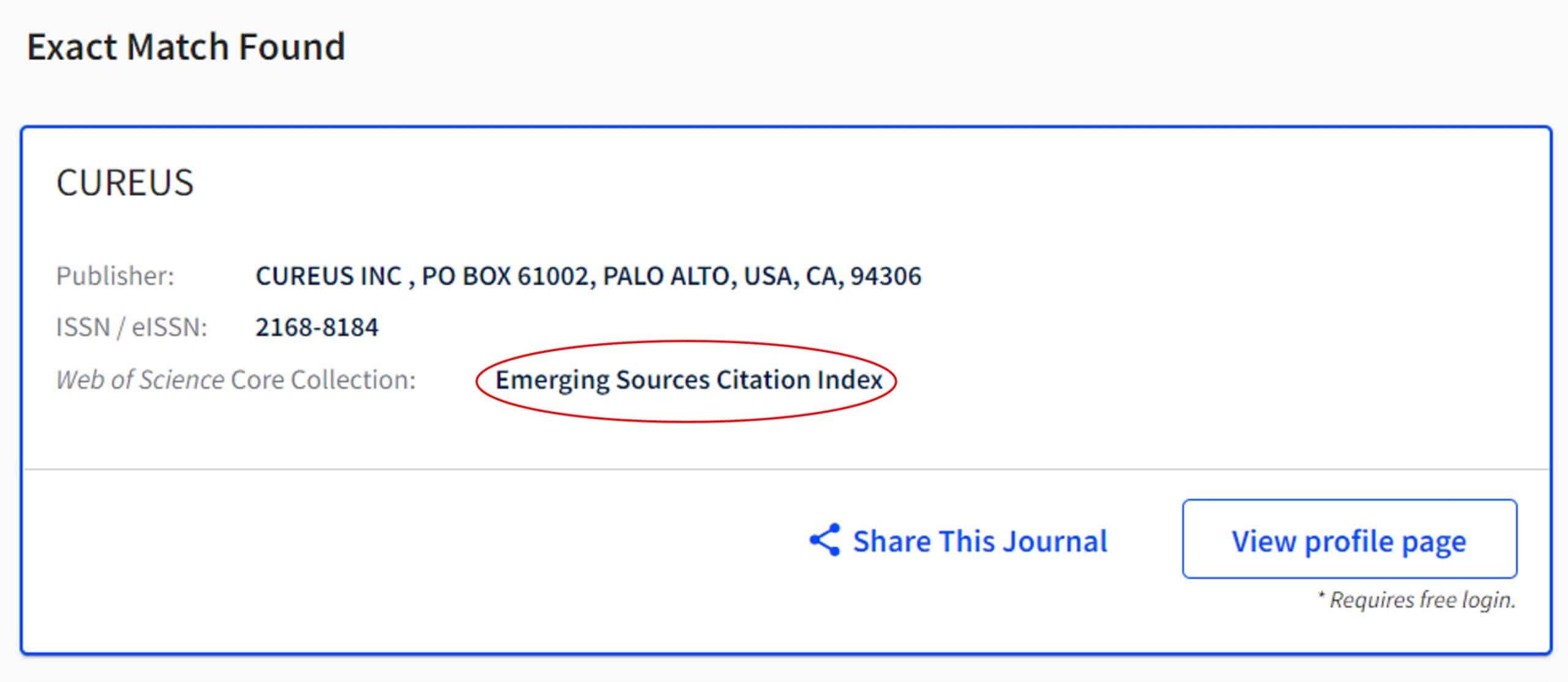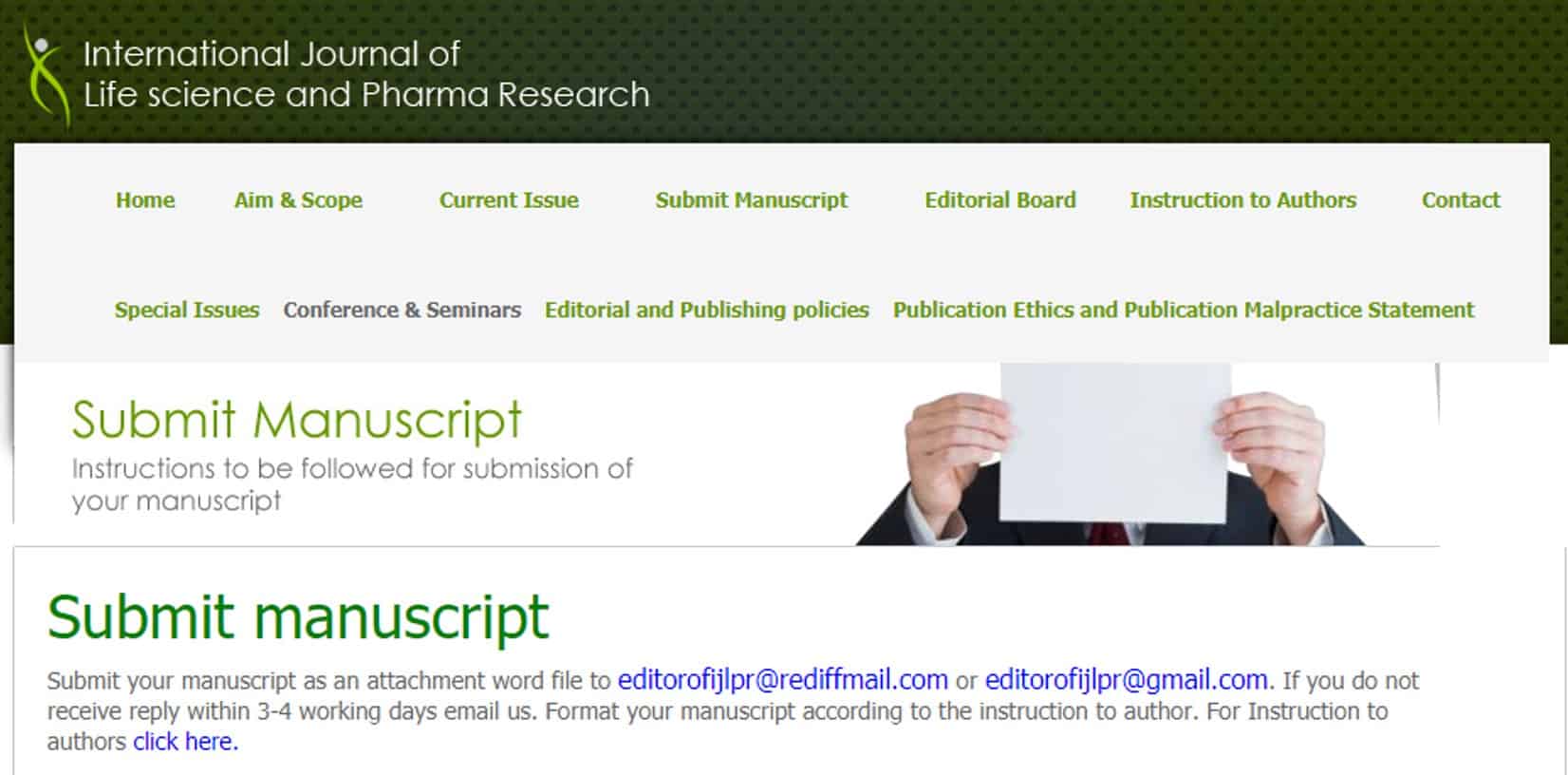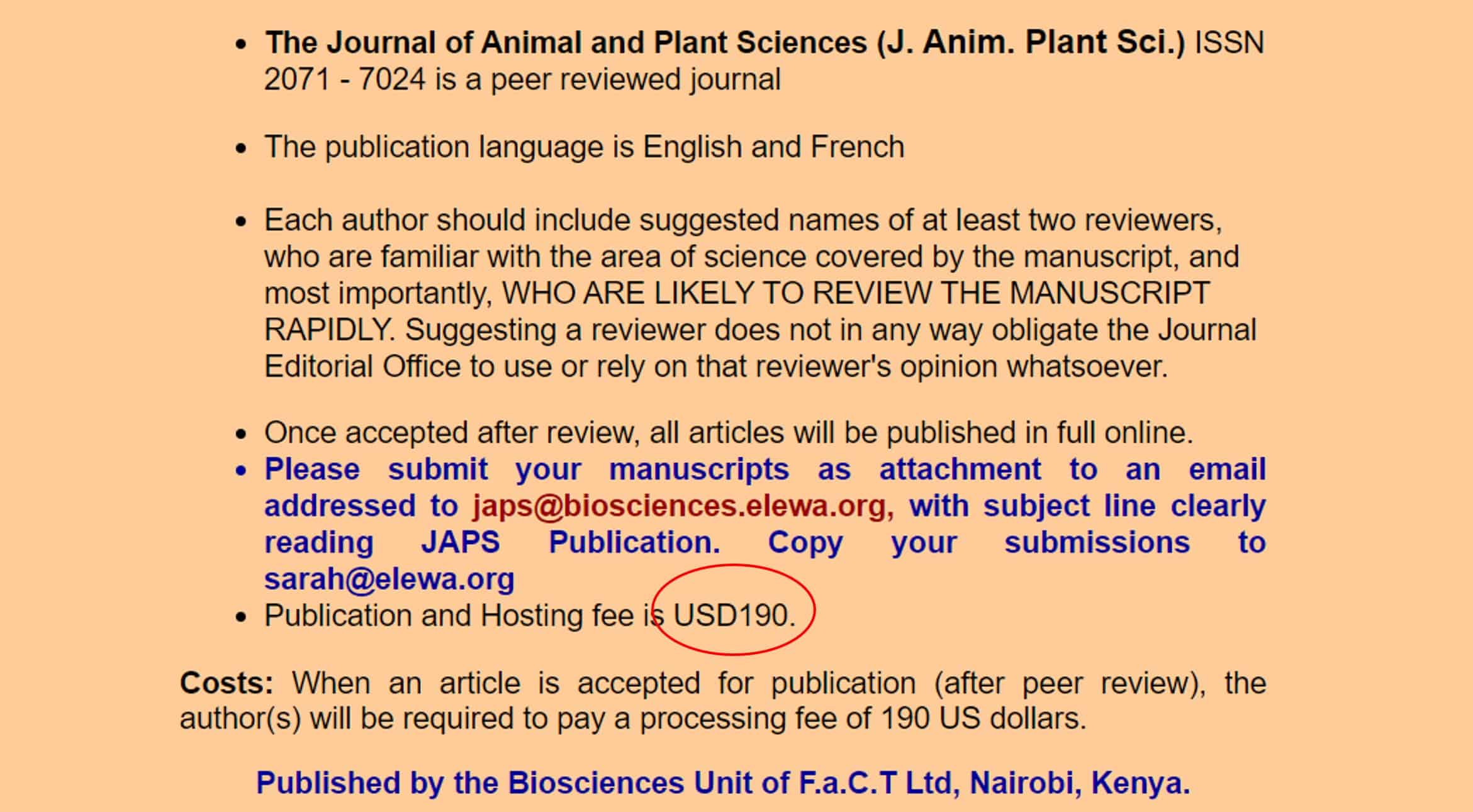“I have been invited to submit to a journal. How do I know it’s a good journal?” This question was asked in the Q&A session of an online talk presented by International Science Editing. In this blog, we discuss why you should be wary of email invitations to submit original research articles, how to assess the quality of a journal, and how to identify ‘predatory’ journals.
Be wary of email invitations to submit original research articles
Commissioned content is relatively common in scholarly publishing. However, invitations are usually for review articles (or commentary/opinion pieces) and are typically sent to the most authoritative voices in a field, i.e., leading specialists. Editors rarely commission original research articles, as many reputable journals are already overwhelmed with such submissions. Commissioning editors from genuine journals will usually ask the author to submit a synopsis initially, rather than a completed article.
Therefore, be wary if you receive an open invitation to submit any article type (rather than a review or commentary/opinion piece specifically) or if the editor does not mention submitting a synopsis or proposal first. In an assessment of 237 email invitations from suspect journals, 71% (167/237) mentioned accepting all manuscript types [1]. Other clues that you may be dealing with an unscrupulous journal include:
The email contains an unsubscribe link. In the study discussed above, 58% (138/237) of email invitations contained the option to unsubscribe [1]. This finding was consistent with two other studies, one which found that 57% (109/191) [2] and one which found that 60% (187/311) [3] of suspect email invitations contained the option to unsubscribe.
The email states that it is not ‘spam’. Of 237 suspect email invitations assessed, 48% (114/237) mentioned that the email was not spam [1].
The greeting is overly formal, e.g., “We are honoured to …”, “We hope to find you in good health …”. Of 191 suspect email invitations assessed, 73% (139/191) contained an overly formal greeting [2].
See Visit beckerguides for a more comprehensive list.
Assessing journal quality
Search for the journal title on Web of Science.
If the journal is indexed in the Science Citation Index Expanded (SCIE), you can be sure you are dealing with a reputable journal. Journals that meet 28 quality criteria (e.g., citation impact, presence of a peer review policy, website functionality, etc.) are indexed in the SCIE (see Visit clarivate for the full list of criteria). (Note: The SCI was integrated into the SCIE in 2020, to reduce overlap and avoid confusion).
Emerging sources citation index (ESCI)
Journals in the ESCI are journals that have not achieved a high enough level of impact to be indexed in the SCIE. Journals that meet the 24 quality criteria mentioned above (but fail to meet the four impact-related criteria) are included in the ESCI. Journals in the ESCI that subsequently gain impact are moved to the SCIE. Some universities only cover the costs of articles published in SCIE-indexed journals; ESCI-indexed journals may not be covered.
Contention regarding the legitimacy of the ESCI
Jeffrey Beall argued that some predatory journals had managed to be included in the ESCI, citing the case of the Journal of Current Research in Science (JCRS) in his blog in 2016. “It allows up to 40% plagiarism in its articles and proclaims several completely fake impact factors” (read the full blog Visit archive web). The JCRS is no longer indexed in the ESCI (checked on 29 Jan, 2021). In 2018, a study assessed 6,296 ESCI‐indexed journals and found that 19% were not indexed in any other international abstracting and indexing (A&I) databases, suggesting the selection criteria for the ESCI are not consistent with other A&I databases [4].
How to identify predatory journals
The quickest way to check if a journal is considered predatory is to check if it is on the Stop Predatory Journals list (available Visit Predatory Journals), run by a small group of anonymous “scholars and information professionals”. This list is a continuation of the work achieved by Jeffrey Beall, who stopped updating his list as of January 2017.
However, while an excellent resource, please be aware that Beall’s list was not 100% airtight, casting doubt on the validity of the current Stop Predatory Journals list. In 2013, a fake scientific paper with “hopelessly flawed” experiments and meaningless results was submitted to 121 publishers identified as predatory by Beall—82% of the publishers that completed the review process accepted the paper (see Visit sciencemag.com). While considered a validation of Beall’s list by many, this finding also showed that the list contained a number of false positives. As argued by Phil Davis, it showed that Beall was “falsely accusing nearly one in five” publishers of being predatory when they clearly had effective quality control systems in place. Please note that there was also some criticism of this ‘sting’ investigation, e.g., the lack of a control group (discussed Visit svpow).
Therefore, ultimately, the best way to identify predatory journals is to assess each journal yourself. A checklist of indicators to help you identify predatory journals can be found Visit biomedcentral.com. There are numerous checklists; however, the one cited here is evidence-based (i.e., predatory journals are more likely to exhibit these traits compared to legitimate open-access [OA] and subscription-based journals). Some common characteristics of predatory journals include:
Authors are asked to submit their papers via email. In one study, 70% (65/93) of predatory journals requested that authors send their manuscripts by email. In comparison, 2% (2/99) of OA journals and 3% (3/100) of subscription-based journals asked authors to submit via email (data can be found Visit biomedcentral articles 2).
The contact email address provided is non-professional, e.g., Gmail or Yahoo. From the study above, 63% (57/90) of predatory journals used a non-professional email address. In comparison, 10% (9/91) of OA journals and 6% (5/87) of subscription-based journals provided a non-professional email address (data can be found Visit biomedcentral articles 3).
There are a number of characteristics that indicate the International Journal of Life Science and Pharma Research is potentially predatory, e.g., authors are asked to submit their papers via email and the email addresses provided are non-professional.
There are numerous spelling and grammatical errors on the journal’s website. It was found that there were at least 10 times more spelling and grammatical errors on the homepages of predatory journals compared to legitimate journals [5].
The article processing charge (APC) is very low (e.g., < $150 USD). The APCs for legitimate OA and hybrid subscription journals were found to be ~18 and ~30 times higher (~$2700 and ~4500 USD, respectively) than predatory journals [5].
Promises ‘rapid’ publication. From the study above, 41% (38/93) of predatory journals specifically indicated that the processing time was ‘rapid’. In comparison, only 16% (16/99) of OA journals and 9% (9/100) of subscription-based journals stated this. In addition, 18% (17/93) of predatory journals mentioned a ‘<1 week turnaround’; only 3% (3/99) of OA journals and 1% (1/100) of subscription-based journals used this phrasing (data can be found Visit biomedcentral articles 4).
Promotes the Index Copernicus Value. A large proportion of predatory journals (31/93: 33%) promoted the Index Copernicus Value on their website; in comparison, only 3% (3/99) of OA journals mentioned this metric (data can be found Visit biomedcentral articles 5).




